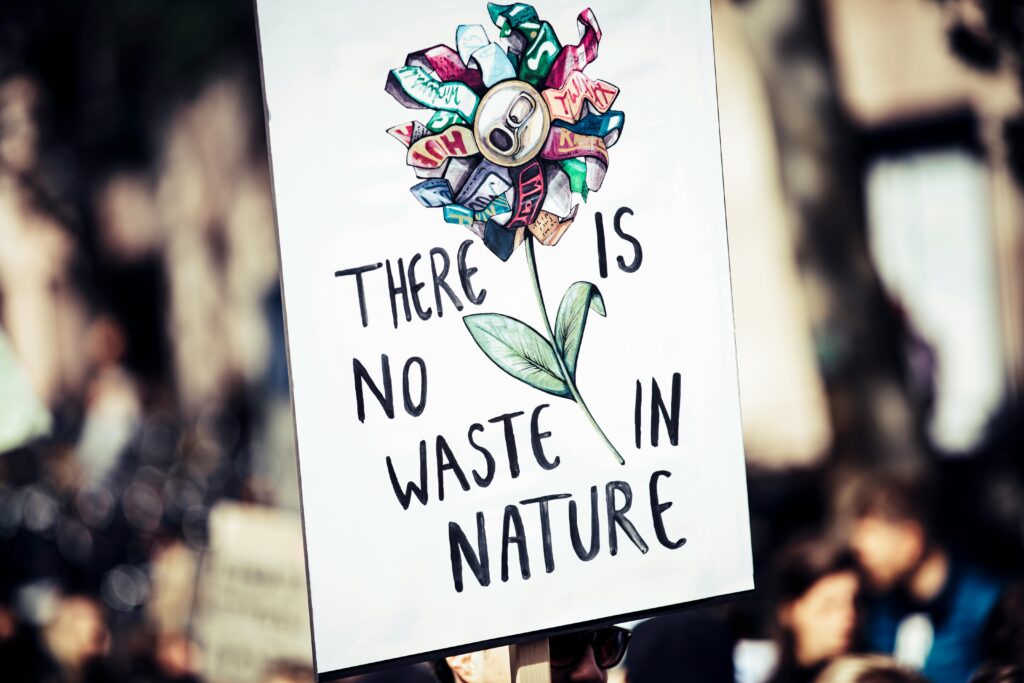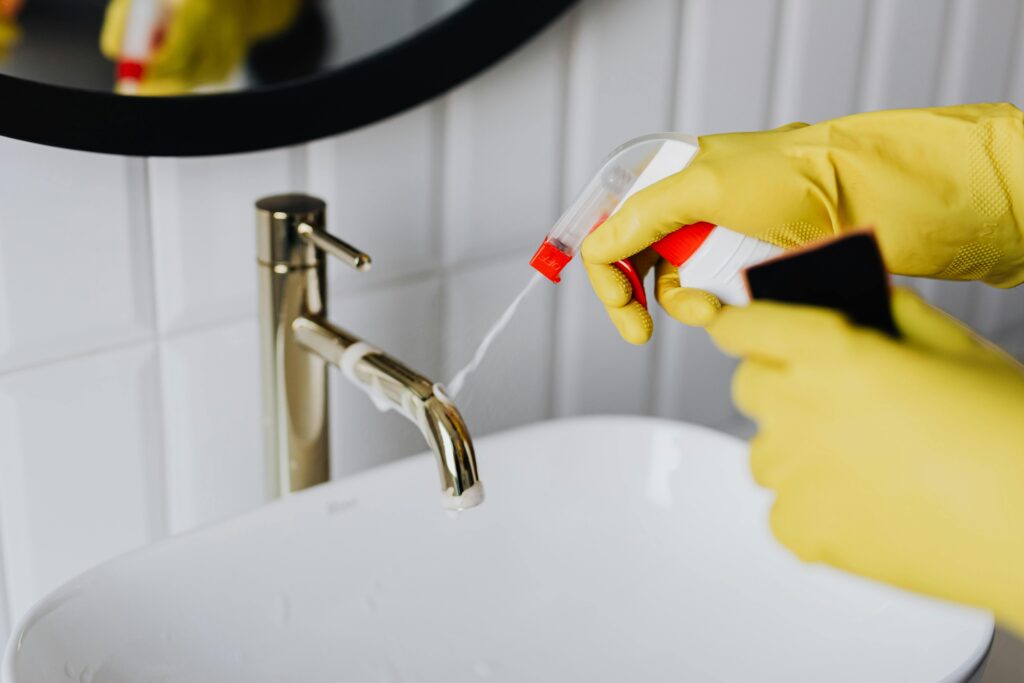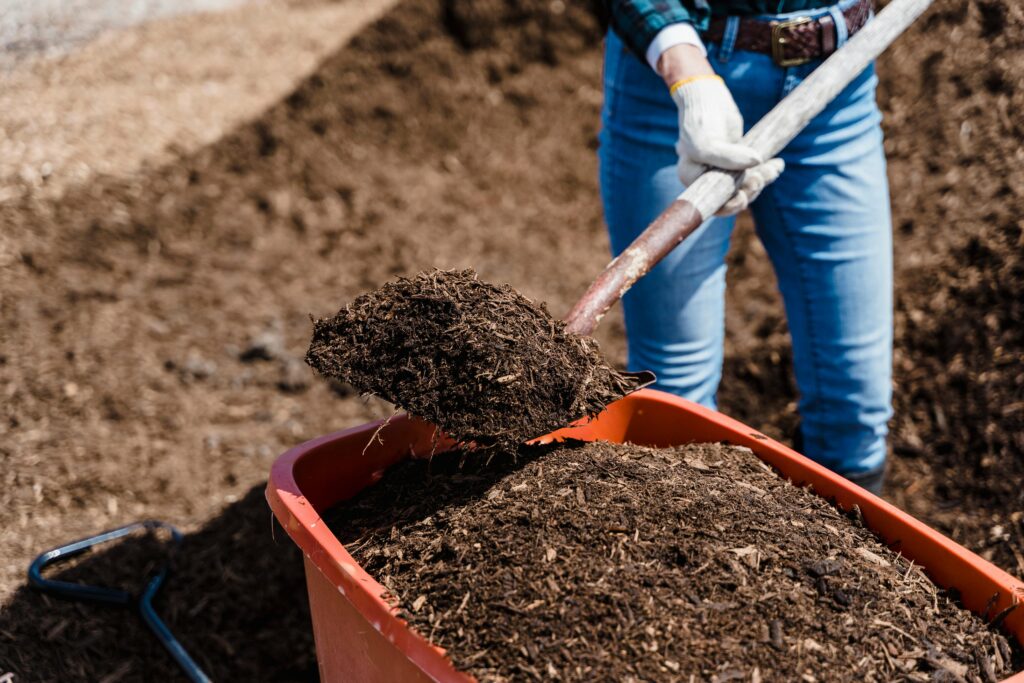What Is Upcycling?
Upcycling means creatively reusing old or discarded materials to make something new and valuable. Unlike recycling, which breaks materials down to create new raw materials, upcycling upgrades an item without breaking it apart. It’s all about creativity, sustainability, and personal expression.
For example, turning glass bottles into lamps, denim jeans into bags, or wooden pallets into furniture — that’s upcycling in action!
Upcycling vs. Recycling: What’s the Difference?
Both help reduce waste, but they work differently:
- Recycling → breaks down materials (like plastic or metal) and processes them to make new products. It consumes energy and resources.
- Upcycling → reuses items as they are, with minimal processing, and adds new life or function through creativity.
In short, upcycling keeps the product’s value intact or even increases it, while recycling usually downgrades it.
Benefits of Upcycling
Upcycling is more than a craft — it’s a movement towards mindful living. Here are its major benefits:
- Reduces waste: Keeps useful materials out of landfills.
- Saves energy: Less manufacturing and fewer carbon emissions than recycling or producing new goods.
- Sparks creativity: Each project is unique, personal, and often artistic.
- Saves money: You can create stylish décor or gifts for almost nothing.
- Encourages sustainability: Promotes conscious consumption and resource reuse.
Easy Upcycling Ideas for Home
You don’t need special tools or expensive materials to start. Here are some simple ways to upcycle everyday household items:
1. Glass Jars & Bottles
Transform empty jars into storage containers, planters, or candle holders. Paint or wrap them with jute for a rustic look.
2. Tin Cans
Use tin cans as pen holders, mini planters, or lanterns. Just clean, paint, and decorate them!
3. Old Clothes
Turn T-shirts into tote bags, pillow covers, or braided rugs. Denim jeans can become aprons or storage baskets.
4. Cardboard Boxes
Reinforce and decorate boxes to create drawers, organizers, or kids’ playhouses.
5. Wooden Pallets
With basic tools, pallets can be upcycled into coffee tables, shelves, or outdoor seating.
Upcycling in Fashion
The fashion industry is one of the world’s biggest polluters. Upcycling gives old clothes a second life while reducing textile waste.
- Denim redesign: Turn worn jeans into shorts, tote bags, or patchwork jackets.
- Scrap fabric creations: Sew leftover fabrics into headbands, cushions, or small pouches.
- Accessory reinvention: Use broken jewelry to create new pieces.
- Thrift flipping: Redesign thrifted clothes with embroidery or dyeing.
Brands like Patagonia, Rothy’s, and The Renewal Workshop have made upcycling mainstream by combining sustainability with style.
Furniture & Decor Upcycling
Old furniture has charm — and potential! Instead of throwing away dated items, you can refresh them with creativity.
- Paint & refinish: Sand, paint, and seal old chairs, tables, or cabinets.
- Repurpose function: Use an old ladder as a bookshelf or towel rack.
- Add fabric or cushions: Restore worn furniture by adding new upholstery.
- Use scraps: Turn leftover wood pieces into small shelves or trays.
This kind of upcycling not only saves money but also adds personality and eco-character to your space.
Fun Upcycling Projects for Kids
Upcycling is an amazing way to teach children about creativity and sustainability. Try these easy projects:
- Make toys or robots from cardboard and bottle caps.
- Use egg cartons to create caterpillars or paint palettes.
- Turn old T-shirts into superhero capes.
- Build mini gardens in plastic bottles or cans.
It’s hands-on learning that inspires eco-friendly habits early in life.
Turning Upcycling into a Small Business
Upcycling isn’t just a hobby — it can be a profitable green business idea. Handmade and eco-friendly products are trending globally.
Ideas for an upcycling business:
- Sell upcycled home decor items online.
- Create fashion accessories from waste materials.
- Offer custom furniture restoration services.
- Host workshops or online courses teaching DIY upcycling.
Market your products through Etsy, Instagram, or your own website. Eco-conscious buyers love handmade, sustainable items with a story.
Tips for Successful Upcycling
- Start small — pick easy projects first.
- Clean and prep all materials before use.
- Use eco-friendly paints and glues (low or no VOC).
- Plan your design — sketch or visualize before cutting or painting.
- Stay safe — use gloves, masks, and proper ventilation when working with materials.
FAQs About Upcycling
1. What materials can be upcycled?
Almost anything — wood, fabric, plastic, glass, paper, and metal — can be creatively repurposed with the right tools and ideas.
2. Why is upcycling better than recycling?
Upcycling requires less energy and keeps the original value of materials intact, while recycling often involves industrial processes and waste.
3. Can I sell upcycled products?
Yes! Many artisans and eco-businesses sell upcycled crafts, furniture, and clothing through online marketplaces or local fairs.
4. Is upcycling expensive?
No — most projects use materials you already have. The real investment is your creativity and time.
5. How can beginners start upcycling?
Start by reusing jars, bottles, or clothes. Watch tutorials, experiment, and don’t worry about perfection — every project is a learning experience.
Conclusion: Upcycling Is the Future of Sustainable Living
Upcycling is a simple, creative, and powerful way to live sustainably. It turns what would be waste into something useful, beautiful, and meaningful. Each project you make helps reduce pollution, conserve resources, and inspire others to rethink consumption.
Whether you’re redecorating your home, starting a green business, or teaching kids about the environment, upcycling is your gateway to a more eco-friendly lifestyle.



